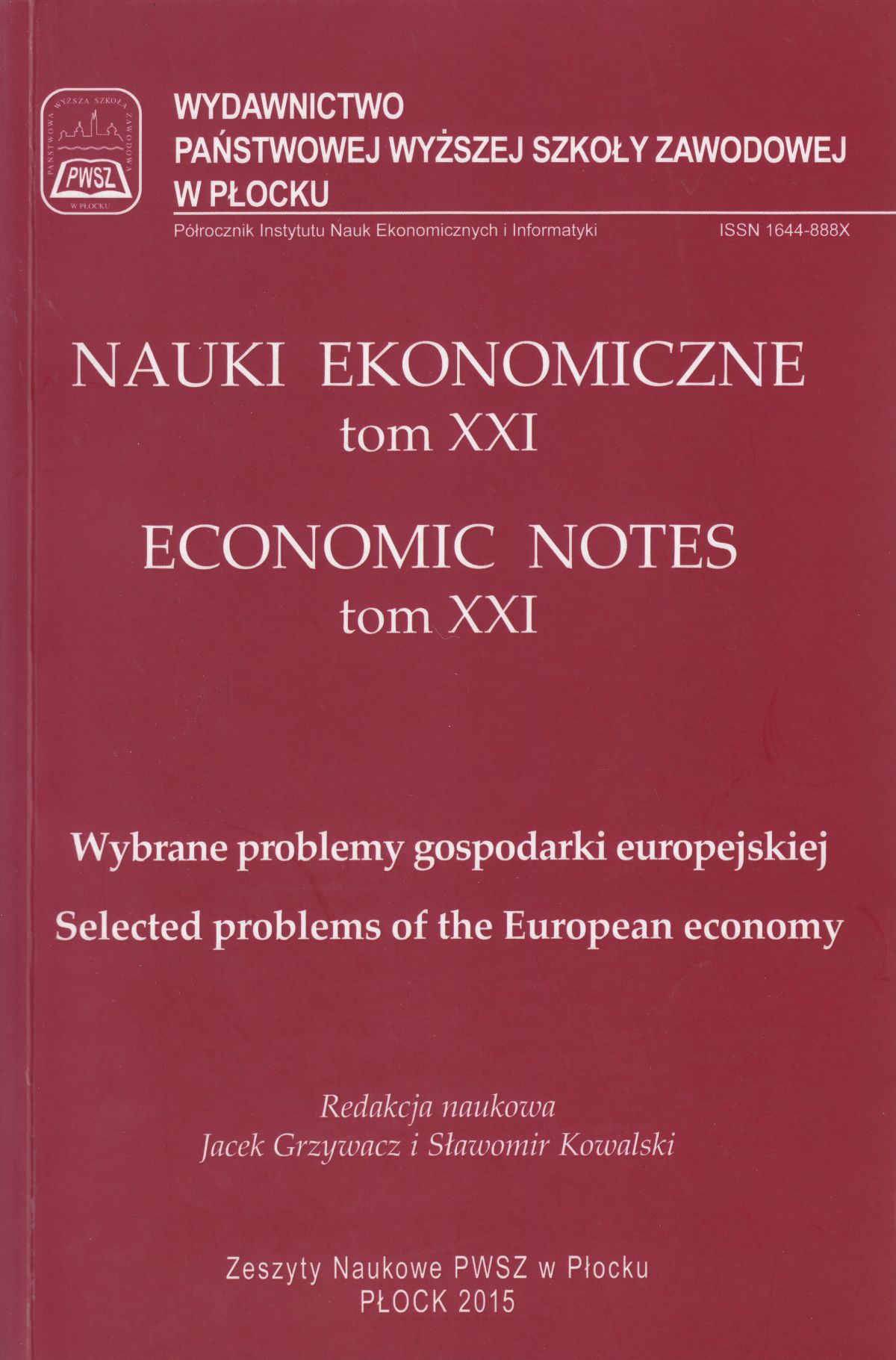REFLECTIONS ON THE BALCEROWICZ PLAN
Abstract
Summary
This article looks at the Balcerowicz Plan, which was undertaken in Poland
between the years 1989 to 1995. It is entitled so because Leszek Balcerowicz
was the man who was responsible for overseeing Polish transition from a state
planned economy to a free market one.
The Plan was based on the Washington Consensus theory, put forth by Williamson
with assistance from Sachs and Lipton. It was a rudimentary model of
how transition should be followed.
The article looks at different aspects of the plan, which are the following. First
of all, price liberalisation and the freeing of domestic trade. Secondly, fiscal
responsibility which means the balancing of the national budget. Then it covers
restrictive monetary policy used to control inflation and improve Polish
competitiveness. This is followed by income policy aimed at inflation, done
through a weak indexation of nominal wage. The next section deals with foreign
trade liberalisation and the impact of importation of western goods on the
Polish market. Also the role of privatisation, done late in comparison to other
transition economies.
Furthermore, changes in banking, financial and tax reform are also analysed.
Lastly, the changes of the social safety net system which were adopted, rather
poorly and unfairly, is compared to western models.
The work uses the view and theories of different authors both from Europe and
abroad. Such economists as Boyko, S. Gomułka, Zukrowska and Balcerowicz
himself from Poland. As well as foreigners such as Lipton, Sachs, Hunter, Lavigne,
A.Smith Williamson and most importantly Kornai.
Key words: transformation, fiscal and monetary policy, inflation, privatisation,
liberalisation
References
Bibliography
Books:
• Balcerowicz L., Capialism,Socialism, Transformation. PWN, Warsaw & London
• Blazyca G., Dabrowski J., Monitoring Economic Transition: The Polish Case,
Ashgate Publishing Co.Brookfield, VT 1995.
• Calvo G., Frenkel J., From Centrally Planned to Market Economies: The Road
from CPE to PCPE, NBER working paper No. 3698. May 1991
• Frydman R., Rapaczyński A. Privatization in Eastern Europe: Is the State Withering
Away. CEU Press London 1994.
• Garland E. Getting Rid of Red, SWPW, Płock 2014.
• Garlicki A., Rycerze Okrągłego Stołu, PWN, Warszawa 1991.
• Kuron J., Moja Zupa, Polska Oficyna Wydawnictwo, Warsaw 1991.
•• Lavigne M., Economics of Transition, Macmillan Press, London, UK 1995.
• Machiavelli N. The Prince, Pelican Books, London 1977.
• Schenk R., Overview: Efficiency and Monopoly, Saint Joesphs Education 1997-1998.
Articles:
• Mydrans S., Comecon outline closer ties; New York Times, Moscow, June 15th,
• Basu S., Employment determination in Enterprises under Communism and in transition”
Eviednce from Central European Discussion Paper, No 1370. IZA Bonn
Germany, October 2004.
• Centre for International Economics, Benefits of Trade and trade Liberalisation;CIE,
Canberra Australia. May 2009.
• Herczyńska J., Heritage and Economic Transformation; The Case of Poland; University
of Padua 1998.
• Holden S., Nominal Wage Rigidity in Europe; University of Oslo Paper For Norges
Bank 2003.
• Hunter R., Ryan L., The Legacy and Prospects of Polish Privatisation; International
Reseacrh Journal of Finance and Economics; Issue 21, 2008.
• International Monetary Fund., Global Trade liberalisation for developing Countries,
IMF, 01/08. Nov. 2001.
• Kornai J., The Soft Budget Constraint, KYKLOS, Vol 39. Fasc 1-30, 1986.
• Palubinskas G., Common Causes of Bank Failures in Post-Communist Countries;
The Institute of Public Policy George Mason University 1999.
Acts:
• Dz. U. 1989, nr 74-75, grudzień 1989.
• Dz. U. 1994, nr 202, maj 1994.
• Dz. U. 1996, nr 171, poz. 1397, sierpień 1996.
Other:
• GUS, Government Statistics Poland, 1995.
• T. Mazowiecki, TVP, October 31st,1989. (News Broadcast)
• Sept. 2012; www.krus.gov.pl/
• Sept. 2012; www.nfz.gov.pl/
• Sept 2012; www.zus.pl/
